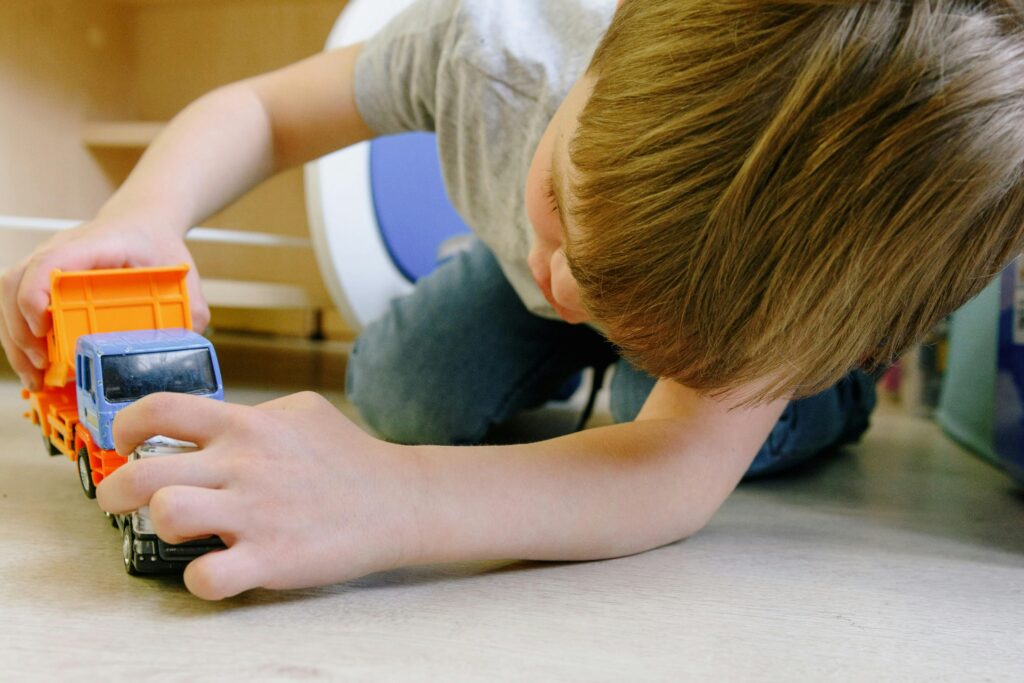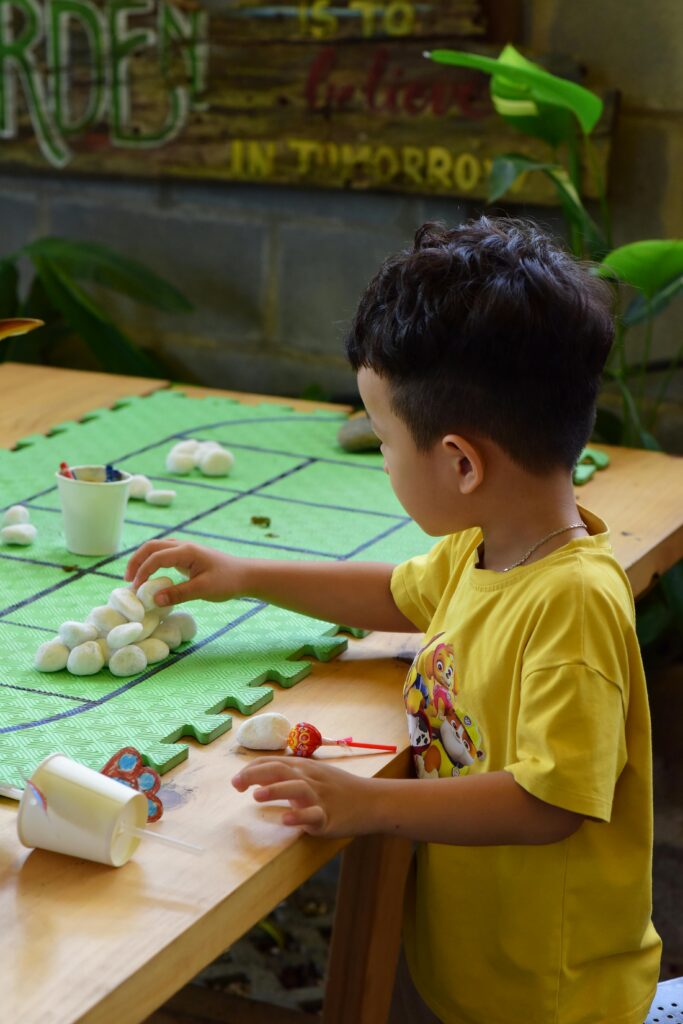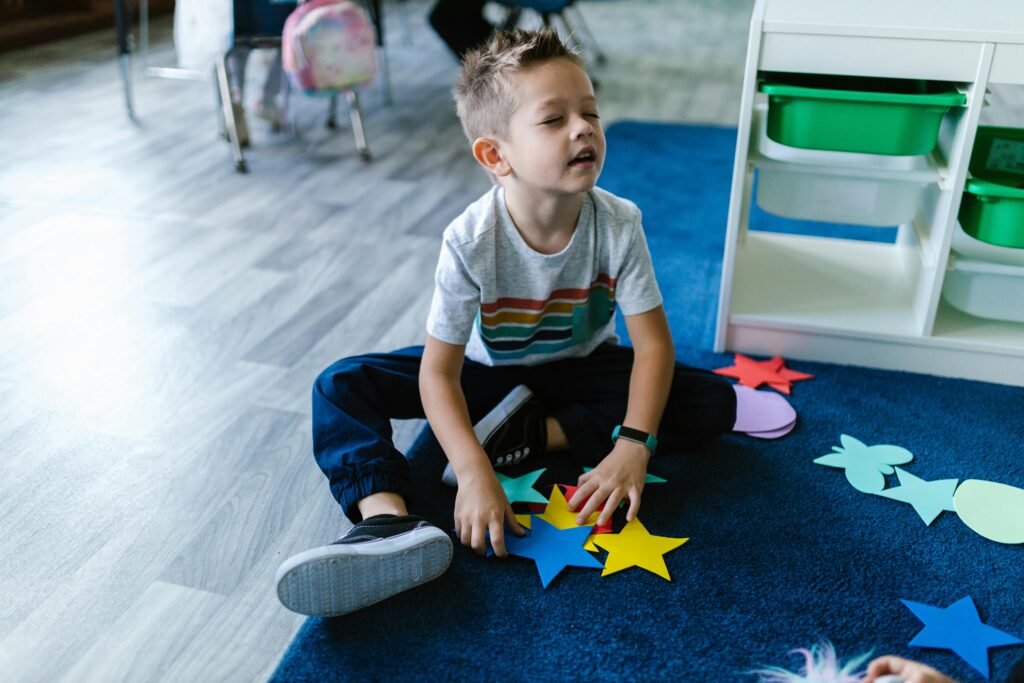Motherhood is often called the hardest job in the world — and rightly so. But it’s also the most rewarding, fulfilling, and heart-expanding experience. As a mom of a 5-year-old, my daily life is a mix of sweet cuddles, sticky messes, curious questions, and nonstop movement.
If you’ve ever wondered what it’s like to live with a high-energy, curious, loving little human, here’s a detailed look at a typical day in my life. It’s not perfect. It’s real. And it’s full of love.

7:00 AM – Waking Up to Little Feet and Morning Hugs
I don’t wake up to an alarm clock. I wake up to the soft thump of little feet and the sleepy voice of my 5-year-old saying, “Mama.”
He climbs into bed for a snuggle, and we enjoy a few minutes of warmth and closeness. These little rituals start our day on a loving note and help me mentally prepare for the day ahead.
Some mornings I’m still tired, but I’ve learned that these early moments of connection are more important than extra sleep. They won’t last forever.
7:30 AM – Breakfast and a Little Entertainment
After cuddles, we head to the kitchen. While I cook, my son usually watches a short cartoon or plays with his toys. Breakfast is simple: eggs, toast, porridge, or pancakes with fruit.
We always sit down to eat together. I use this time to talk to him about the day ahead — what he might learn at school, what he’s excited about, or what he dreamed about last night.
Quick breakfast ideas that work for us:
- Vegetable omelets in muffin tins (made ahead)
- Banana pancakes with honey
- Toast with peanut butter and banana slices
- Rice with ghee and scrambled egg
8:15 AM – Getting Dressed (And the Daily Debate)
After breakfast comes one of our biggest challenges — getting dressed. Most days, it’s a minor debate.
He wants to wear his favorite T-shirt for the third day in a row. I gently redirect him toward clean, weather-appropriate clothes. Giving him two or three options to choose from works well and gives him some control.
While he gets dressed, I do a quick skincare routine, tie my hair, and throw on something simple and comfortable for the day.

8:45 AM – School Drop-Off and a Quiet Walk Back
By 8:45 AM, we’re out the door. Some days we walk, other days we take a short rickshaw ride, depending on the weather.
The walk to school is often filled with chatter. My son points out everything: dogs, birds, funny-shaped clouds. I love these moments because I get a glimpse into how he sees the world.
Once he’s at school, I feel a mix of emotions — relief for the quiet, and a small ache from missing him already.
9:15 AM – Mama’s Time or Chores
Back home, it’s either my time to recharge or time to catch up on chores. What I choose depends on how I feel that day.
Some days, I:
- Clean up the kitchen
- Fold laundry
- Water the plants
- Write a blog post or outline new ideas
- Simply sit in silence with tea
This is also when I check my planner, review my to-do list, or prep lunch.
11:00 AM – The Midday Clean-Up
No matter how tidy the house seemed after breakfast, by mid-morning, it needs attention again. I spend some time:
- Doing laundry
- Vacuuming or sweeping
- Cleaning up toys or art supplies
- Prepping ingredients for lunch and dinner
To make cleaning manageable, I follow a loose cleaning schedule — one major task per day. For example:
- Monday: Floors
- Tuesday: Laundry
- Wednesday: Kitchen
- Thursday: Bathroom
- Friday: Organizing

12:30 PM – School Pick-Up and Reconnecting
Time passes quickly, and it’s already time to pick him up. At the gate, he runs to me, excited to share everything he did — who he played with, what art he made, or which song they sang.
We often walk home slowly, chatting and exploring. I let him stop to look at flowers or greet neighbors. These moments remind me how beautiful slow living can be.
1:00 PM – Lunch at Home
Lunch is often homemade and simple — something filling but easy to digest. My go-to meals include:
- Rice with lentils and vegetables
- Mashed potatoes with eggs
- Chicken stew with bread
- Fried rice with vegetables
When he’s picky, I turn it into a game or involve him in serving. It makes mealtime more exciting and often increases his willingness to try new things.

2:00 PM – Nap or Quiet Play
After lunch, it’s quiet time. On most days, he naps for an hour. On days he doesn’t, I offer quiet activities:
- Picture books
- Coloring
- Listening to soft music
- Puzzle games
This is also when I focus on personal work or rest. I might write, plan the blog calendar, or just take 15 minutes to lie down and breathe.
4:00 PM – Snack Time and Afternoon Play
When he wakes up, he’s usually hungry. Snacks at this time are light but energizing. Some favorites:
- Yogurt with honey
- Fruit slices with peanut butter
- Biscuits and milk
- Homemade muffins or boiled eggs
Then comes playtime — either indoor or outdoor, depending on the weather.
Outdoor activities:
- Playing catch
- Scooting or cycling
- Visiting the park
- Blowing bubbles
Indoor activities:
- Building block towers
- Pretend play (doctor, chef, superhero)
- Drawing and painting
- Dance parties in the living room
6:30 PM – Dinner Prep and Wind-Down
By early evening, I begin dinner prep. I try to keep him occupied with independent play, or he helps stir ingredients or set the table. This gives him a sense of responsibility and keeps him engaged.
Dinner is often a family meal. We sit together, talk about our day, and share stories. I believe in using dinner time as a bonding ritual — screens are off, and we focus on each other.

7:30 PM – Bath, Pajamas, and Storytime
After dinner, it’s time for the bedtime routine. We start with a warm bath — he loves bath time, especially when I let him use cups and spoons to pour water or play with foam.
Once he’s in his pajamas, we brush his teeth, pick out a bedtime story, and settle into bed.
Our current bedtime favorites include:
- “The Very Hungry Caterpillar”
- “Brown Bear, Brown Bear, What Do You See?”
- “Goodnight Moon”
- Bengali fairy tales and folk stories
Reading helps him calm down and gives us another moment to connect before sleep.
8:30 PM – Lights Out and Mama’s Evening
Once he’s asleep, the house becomes quiet again. This is when I do things for myself. Some nights I:
- Watch a show or movie
- Read a book or article
- Plan blog content
- Journal or reflect on the day
- Do a quick skincare routine
Sometimes, I simply do nothing — and that’s perfectly okay. These evening hours help me recharge and prepare for the next day.
10:30 PM – Reflecting on the Day
Before I fall asleep, I often reflect on the little moments. The smile he gave me when I picked him up. The story he told with so much excitement. The little tantrum over not getting a second lollipop.
It’s not always easy. There are tough moments, endless messes, and days when I feel overwhelmed. But every hug, every laugh, every small hand in mine reminds me why I do what I do.
Final Thoughts: Life with a 5-Year-Old
Being a mom to a 5-year-old is about finding rhythm in chaos. It’s learning to multitask, stay calm during tantrums, laugh at the mess, and treasure the magical little moments that happen every day.
My life isn’t perfect — far from it — but it’s full of love, growth, and purpose. And every day I get to mother my child is a blessing I don’t take for granted.
To the moms reading this: you’re doing your best. You are not alone. And every effort you make is seen — even if only by the little eyes watching you with so much love.

FAQ: A Day in the Life of a Mom
How do you manage your time between housework and parenting?
I keep a flexible routine and focus on doing one or two major tasks per day instead of everything at once. I also involve my child in small chores, which helps a lot.
Do you get time for yourself during the day?
Yes, mostly during nap time or after bedtime. Even 15–30 minutes of quiet can help reset my mood.
What’s the most challenging part of having a 5-year-old?
Managing emotional ups and downs. At this age, children are still learning how to express big feelings, and it can be tough.
How do you keep your child engaged without screens?
We use books, crafts, pretend play, music, puzzles, and outdoor games. Rotating toys and introducing new activities keeps things interesting.
What helps you stay calm on difficult days?
Reminding myself that every phase is temporary. Deep breaths, a support system, and small moments of rest help me stay grounded.








